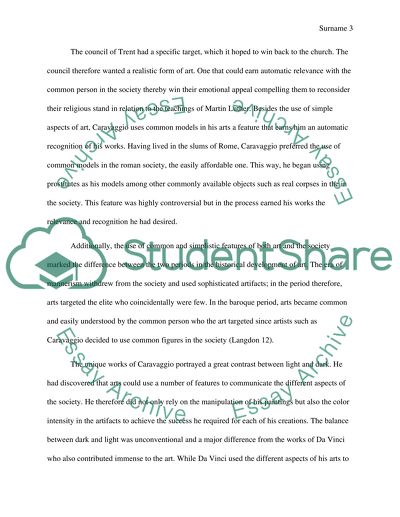Cite this document
(“Patrons and Artists in Baroque Italy: Religious Paintings by Research Paper”, n.d.)
Patrons and Artists in Baroque Italy: Religious Paintings by Research Paper. Retrieved from https://studentshare.org/literature/1477868-patrons-and-artists-in-baroque-italy-religious
Patrons and Artists in Baroque Italy: Religious Paintings by Research Paper. Retrieved from https://studentshare.org/literature/1477868-patrons-and-artists-in-baroque-italy-religious
(Patrons and Artists in Baroque Italy: Religious Paintings by Research Paper)
Patrons and Artists in Baroque Italy: Religious Paintings by Research Paper. https://studentshare.org/literature/1477868-patrons-and-artists-in-baroque-italy-religious.
Patrons and Artists in Baroque Italy: Religious Paintings by Research Paper. https://studentshare.org/literature/1477868-patrons-and-artists-in-baroque-italy-religious.
“Patrons and Artists in Baroque Italy: Religious Paintings by Research Paper”, n.d. https://studentshare.org/literature/1477868-patrons-and-artists-in-baroque-italy-religious.


